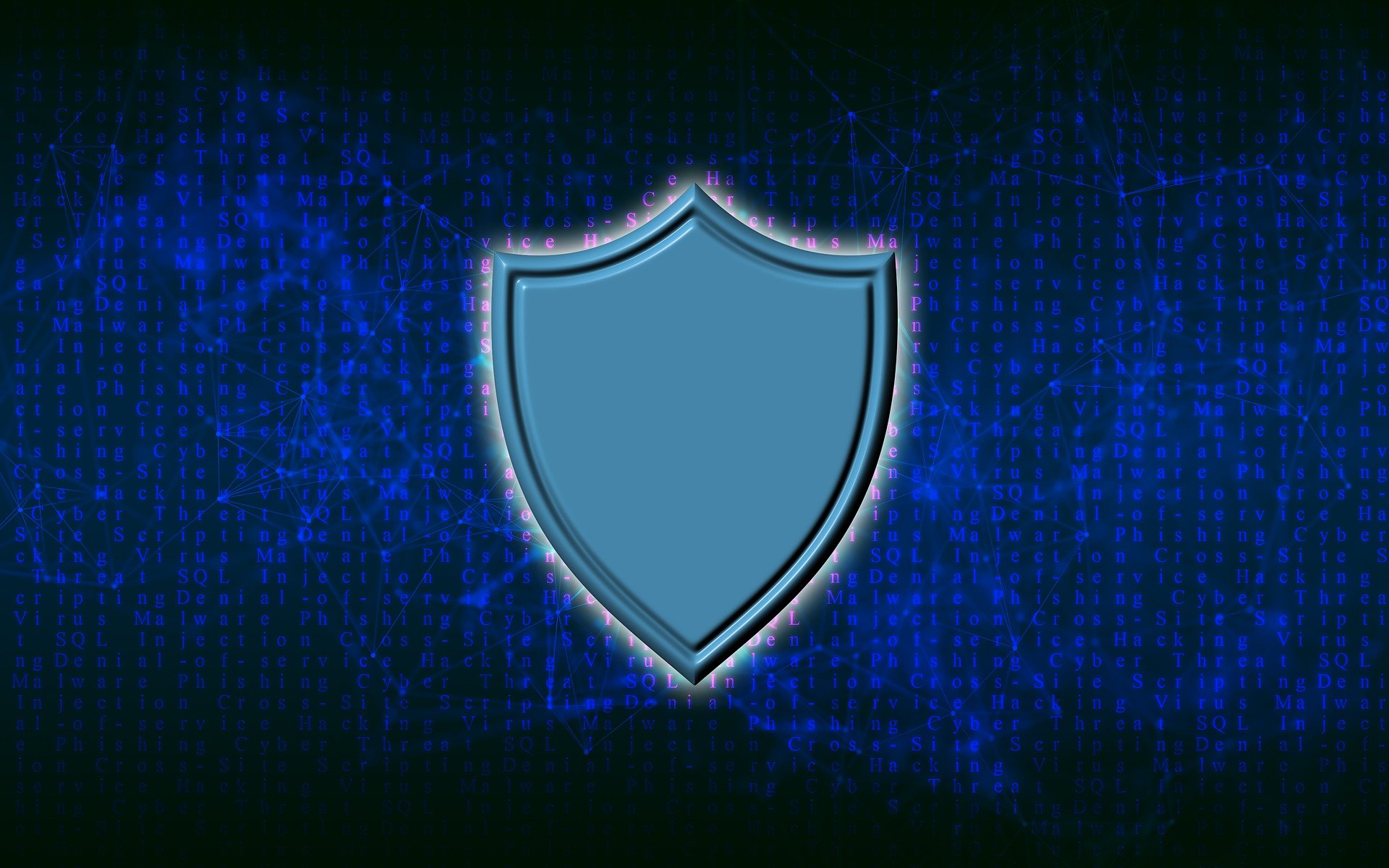Is That Really a Text from Your CEO… or Is It a Scam?
Imagine you’re going about your day when suddenly you receive a text from the CEO. The head of the company is asking for your help. They’re out doing...
3 min read
JPtheGeek Jul 31, 2023 2:26:36 PM

Welcome to the intriguing realm of access control! In this era of ever-advancing technology and persistent cyber threats, safeguarding your business is more critical than ever. We’re here to shed some light on the various types of access control that can help protect your customers and keep your business safe from cyber threats.
Why settle for flimsy locks and an outdated “Open Sesame” policy when you can have robust access control? Access control is like a VIP bouncer at an exclusive club—only the right people gain entry while keeping the riffraff at bay.
It’s your business’s gatekeeper that preserves the confidentiality, integrity, and availability of your digital assets.
Who knew that access control would involve so many different types of protection? Let’s get a little technical and go through the most popular access control methods:
Discretionary Access Control allows data owners to define and manage access permissions based on their discretion. It gives individuals the ability to determine who can access specific resources.
Each resource has an associated Access Control List (ACL) that specifies the authorized users and their corresponding access rights. DAC is flexible but requires diligent management to prevent misuse or accidental permission grants.
Attribute-Based Access Control grants access based on various attributes, including user attributes (such as roles, clearances, and department), environmental attributes (such as time of access and location), and resource attributes (such as sensitivity and classification). A policy-based engine evaluates these attributes to determine access rights dynamically. ABAC offers fine-grained control and adaptability, which makes it suitable for complex environments.
ABAC goes beyond traditional access control models like Discretionary Access Control (DAC) or Role-Based Access Control (RBAC) by considering multiple attributes in the access decision-making process.
Mandatory Access Control imposes access restrictions based on predefined security policies and labels. The system enforces these policies to ensure that subjects can only access objects with matching or appropriate labels.
This type of access control is often used in high-security environments where data classification and integrity are paramount. It provides strict control but requires careful administration to manage the labeling scheme effectively.
Role-Based Access Control assigns access rights based on predefined roles within an organization. Users are assigned roles that align with their responsibilities, and permissions are associated with these roles.
RBAC simplifies access management by granting permissions based on roles rather than individual users. It offers scalability and ease of administration, which makes it widely adopted in various industries.
Now, you may be wondering, “Which access control is right for me?” Well, it depends on the unique needs and nuances of your business. A mix of different access control models might be the key to your fortress.
Each access control model has its strengths and weaknesses, and the choice depends on factors like the size of your organization, the sensitivity of your data, the complexity of your IT environment, and your specific security requirements.
For smaller organizations with relatively straightforward access control needs, Discretionary Access Control (DAC) or Role-Based Access Control (RBAC) could be sufficient and easier to manage. These models offer simplicity and scalability for smaller teams and less complex systems.
On the other hand, larger organizations or those with higher security requirements might benefit from more robust access control models like Attribute-Based Access Control (ABAC) or Mandatory Access Control (MAC). ABAC provides fine-grained control and adaptability to dynamic environments, while MAC offers stringent security measures suitable for high-security settings.
Consulting with an IT provider or a cybersecurity expert can be invaluable in navigating access control options and finding the perfect blend of security measures tailored to your business. They can assess your specific needs, guide you through the implementation process, and help maintain a secure access control environment as your organization evolves.
Implementing access control requires careful planning and expertise. Engaging with an experienced IT provider, like JPtheGeek, can streamline the process and ensure a successful implementation.
JPtheGeek offers comprehensive assistance, from designing access control systems to configuring policies and providing employee training. Access control forms the backbone of every robust business security and protects your organization’s critical assets from unauthorized access and potential breaches.
When you understand the nuances of different access control models, you’re empowered to make informed decisions and implement the most suitable measures for your business.
Ready to level up your business security with expert guidance? JPtheGeek is ready to help!
Our team is well-versed in the types of access control implementation and can ensure that your organization’s sensitive assets remain protected. From designing robust security frameworks to configuring access control systems and providing comprehensive training, we’ve got you covered.
Schedule a consultation today and take the first step in keeping your customers safe.

Imagine you’re going about your day when suddenly you receive a text from the CEO. The head of the company is asking for your help. They’re out doing...

You’ve completed your annual phishing training. This includes teaching employees how to spot phishing emails. You’re feeling good about it. That is...

Have you felt more secure from cyberattacks because you have a smaller business? Maybe you thought that you couldn’t possibly have anything that a...